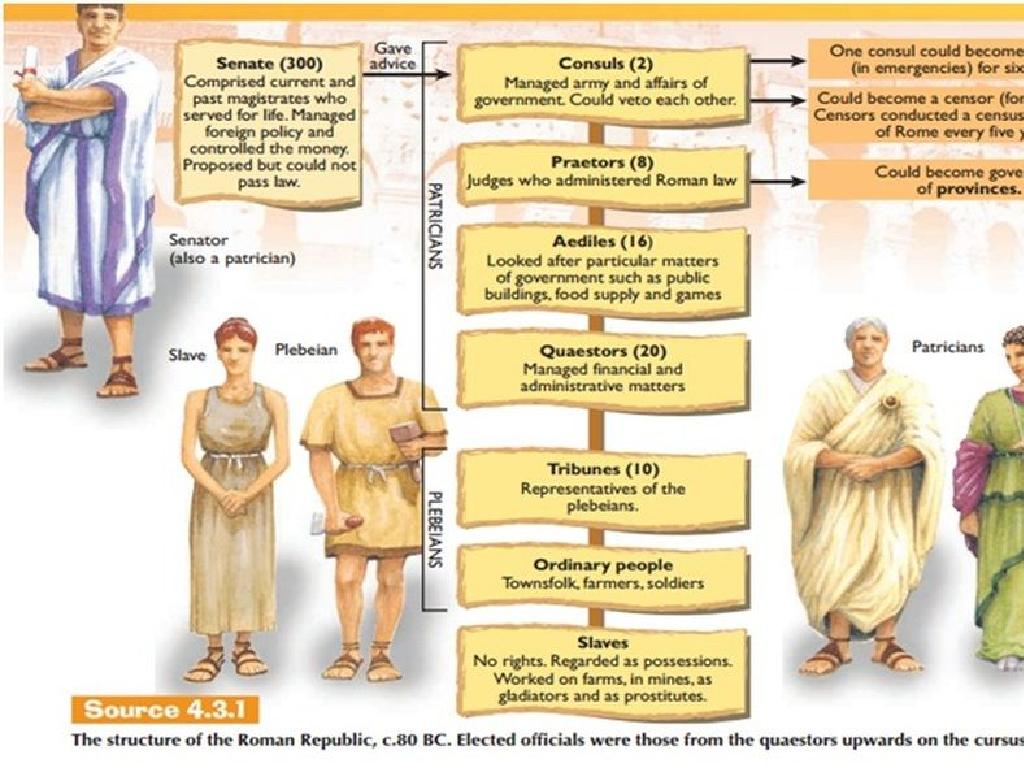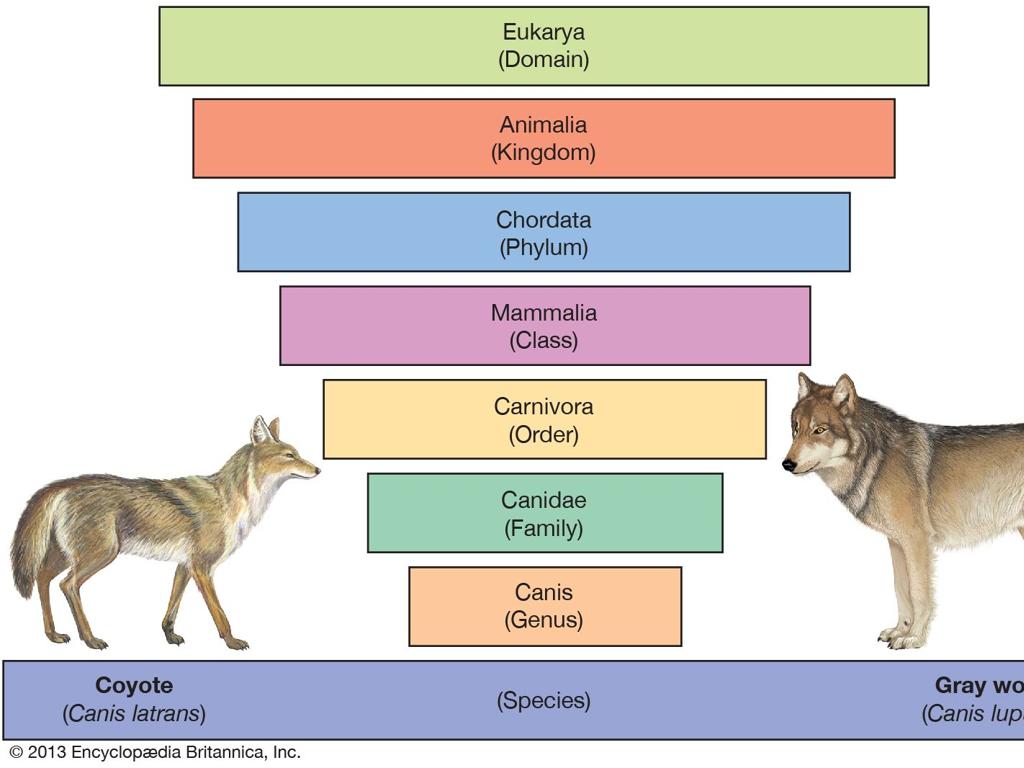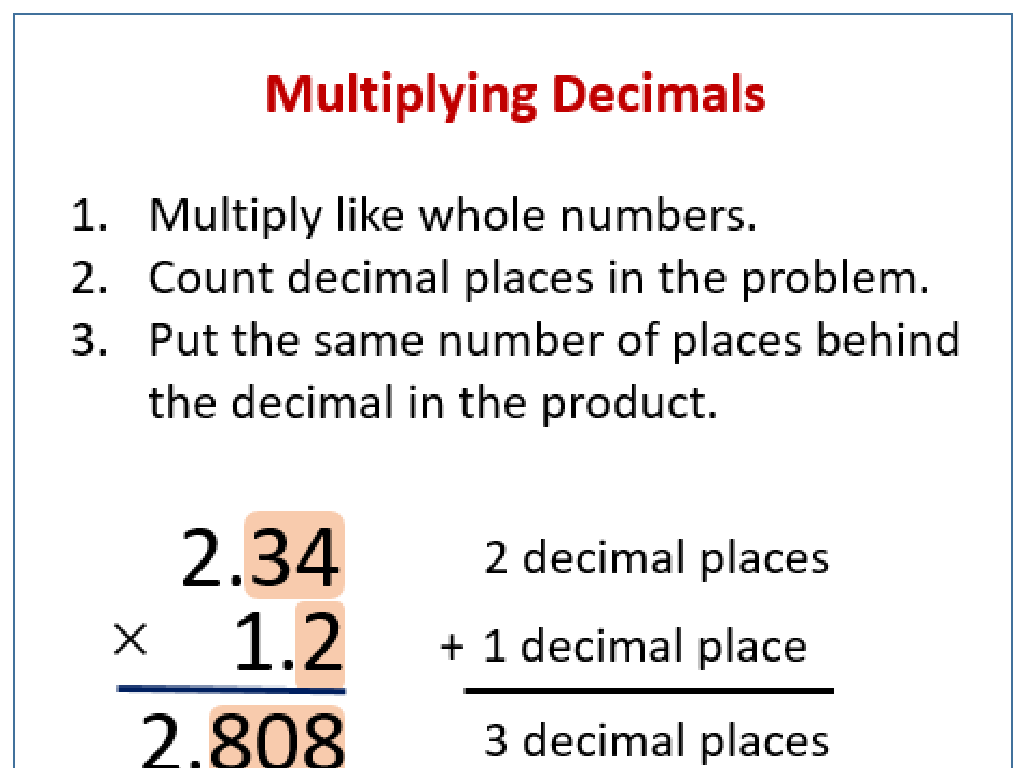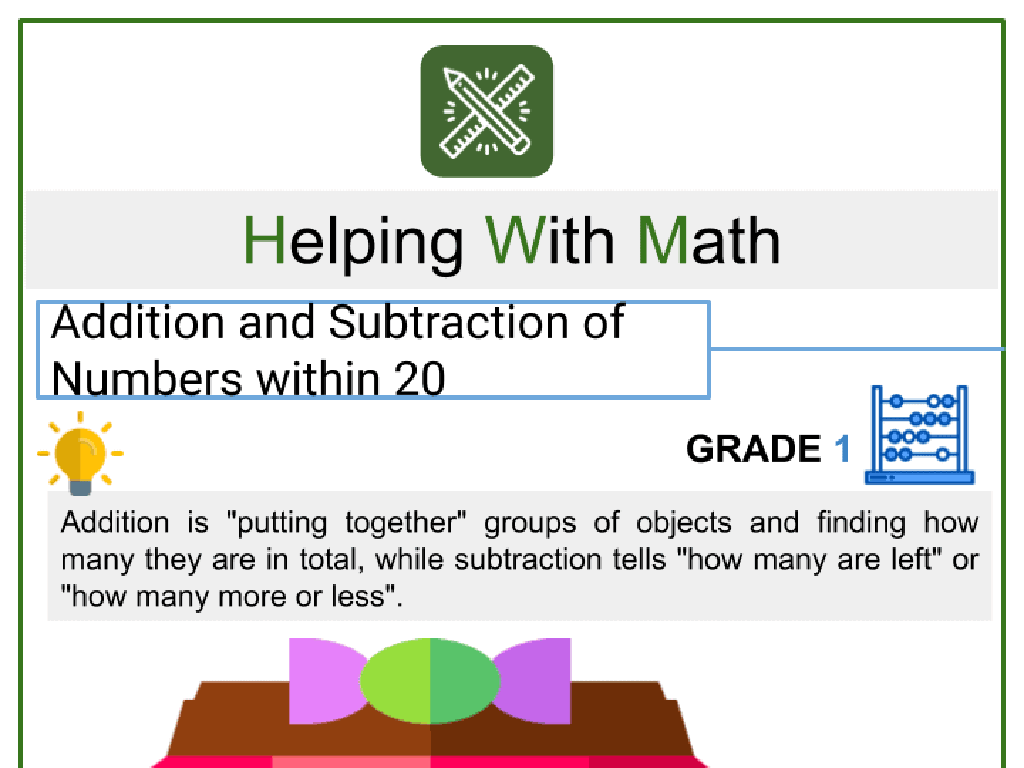Learn To Count - Up To 7
Subject: Math
Grade: Kindergarten
Topic: Numbers And Counting To 7
Please LOG IN to download the presentation. Access is available to registered users only.
View More Content
Welcome to Numbers!
– Greetings, little mathematicians!
– Today’s focus: Learning about numbers
– Counting challenge: Can we count to 7?
– Who can count from 1 to 7? Raise your hand!
– Let’s count to 7 together!
– We’ll count as a class, starting at 1 and ending at 7.
|
This slide is designed to introduce Kindergarten students to the concept of numbers, specifically counting up to 7. Start the lesson with a warm and enthusiastic greeting to engage the children. Explain that the day’s lesson will be about understanding and learning numbers. Encourage the children to participate by asking if anyone can count to 7, which will help assess their prior knowledge. Then, lead the class in a counting exercise, ensuring to count slowly and clearly from 1 to 7. Use visual aids like number cards or fingers to help the children visualize the numbers as they count. The goal is to create a fun and interactive environment where the children feel excited about numbers and counting.
What Are Numbers?
– Numbers show quantity
– Numbers are part of daily life
– Explore numbers 1 to 7
– Practice counting objects 1-7
|
This slide introduces the concept of numbers to Kindergarten students, emphasizing their role in representing quantity and their presence in everyday life. Begin by explaining that numbers help us count things like toys, cookies, or even our fingers. Highlight the use of numbers in various daily scenarios, such as determining how many apples are in a basket or how many crayons are in a box. Then, focus on the numbers 1 through 7, encouraging students to practice counting with physical objects in the classroom. This could include counting blocks, stickers, or pictures in a book. The goal is to make the concept of numbers tangible and relatable, setting the foundation for numeracy skills.
Learning the Number 1
– Understanding the number 1
– Number 1 represents a single item
– One as a quantity
– For example, one apple or one toy
– Showing one with fingers
– Hold up one finger to show ‘one’
|
This slide introduces the concept of the number 1 to Kindergarten students. Begin by explaining that the number 1 stands for one single thing or item. Use tangible examples like one apple, one toy, or one book to illustrate this concept. Encourage the children to show the number 1 by holding up one finger. This visual and physical activity helps them associate the concept of ‘one’ with the numeral ‘1’. Reinforce this learning by asking them to point to one object in the classroom or bring in one item from home for the next class. This hands-on approach is crucial for their understanding of counting and number recognition at this developmental stage.
Learning the Number 2
– Understanding the number 2
– Two as a quantity
– Like two ducks in a pond
– Counting two objects
– Let’s count: one duck, two ducks
– Practicing with two fingers
– Hold up one finger, then another
|
This slide introduces the concept of the number 2 to Kindergarten students. Begin by explaining that the number 2 represents a quantity of two items. Use visual aids like pictures of two ducks to help children visualize this concept. Engage the students by asking them to hold up two fingers and count them together. This tactile activity helps reinforce their understanding of the number 2. Encourage the students to find pairs of things around the classroom or at home to further solidify the concept.
Counting Numbers 3 to 7
– Start counting at number 3
– Each next number adds one more
– Count objects from 3 to 7
– For example, 3 apples, 4 balls, 5 ducks, 6 cars, 7 stars
– Practice with fun counting games
– Use toys or drawings to make counting enjoyable
|
This slide is aimed at helping Kindergarten students understand the concept of counting from 3 to 7. Begin by reinforcing the idea that each subsequent number represents an addition of one more unit. Use tangible objects like toys or classroom items to illustrate this concept, as hands-on learning is very effective at this age. Encourage the children to count aloud together and use visual aids to help them associate the numbers with the quantity of items. Incorporate interactive activities such as counting games to make the learning process engaging and memorable. The goal is for students to be able to recognize and count objects within the number range confidently.
Counting Practice: Up to 7
– Counting with everyday items
– Count toys, crayons, or claps
– Find 7 toys or crayons and count them out loud
– Understand the concept of quantity
– ‘How many?’ is a question counting answers
– Practice makes perfect
|
This slide is aimed at engaging Kindergarten students in a counting activity using familiar objects. Encourage the children to gather a small number of items they can easily handle, such as toys or crayons, and guide them to count each item up to 7. Reinforce the concept of quantity by asking ‘How many?’ and let them respond with the number they’ve counted. This hands-on activity not only helps in understanding numbers but also in developing fine motor skills and cognitive recognition of quantities. As a teacher, you can facilitate the activity by demonstrating counting with different objects and clapping hands up to 7 times to maintain a fun and interactive learning environment.
Fun with Counting Up to 7
– Counting with songs and games
– Songs like ‘7 Little Ducks’ make learning fun
– Count out loud or silently
– Try counting objects around you
– Sing a counting song together
– We’ll learn a song to count from 1 to 7
– Practice makes perfect
|
This slide is designed to make counting up to 7 engaging for Kindergarten students through interactive activities. Introduce counting as a fun activity by incorporating familiar songs and playful games. Encourage the children to count both out loud and in their heads to develop their internal understanding of numbers. Teach them a simple counting song that they can easily follow and sing along to, such as ‘7 Little Ducks’. Emphasize the importance of practice by counting various items in the classroom or at home. During the next class, have a sharing session where each student can demonstrate their counting skills and receive positive reinforcement.
Class Activity: Counting Together
– Let’s count objects around us
– Find a counting buddy
– Count items together up to 7
– Use your fingers to help count
– Share what you counted
– Tell the class about your counting adventure
|
This interactive activity is designed to help Kindergarten students practice counting to 7 in a fun and engaging way. Pair up the students so they can work together, fostering teamwork and collaborative learning. Encourage them to count various objects in the classroom, such as pencils, books, or blocks. Remind them to use their fingers if they need help keeping track of the numbers. After the activity, ask each pair to share with the class what they counted. This will help reinforce their counting skills and build their confidence in speaking in front of others. Possible variations of the activity could include counting colorful items, counting items in a picture, or even a counting song.
Review and Goodbye: Counting Up to 7
– Excellent counting today, kids!
– Numbers show us ‘how many’
– Numbers are like magic keys for counting things
– Practice counting up to 7 at home
– Try counting toys, snacks, or even steps!
– Can’t wait to count with you again!
|
This slide is meant to wrap up the counting lesson on a positive note, reinforcing the concept that numbers are tools we use to determine quantity. Encourage the children to practice counting in their daily lives, making it fun and relevant by counting familiar objects. Remind them that practice is important and that you’re looking forward to seeing their progress in the next class. Offer praise for their efforts today to boost their confidence. For homework, suggest that parents engage children in counting activities, like counting out plates for dinner or counting toys during cleanup.






